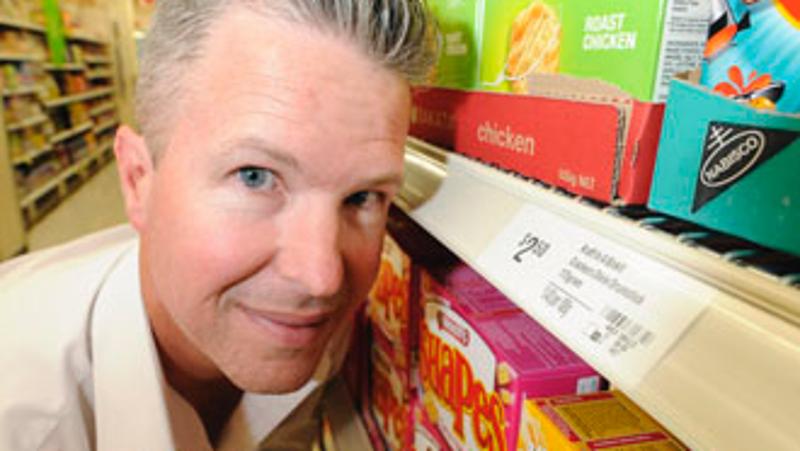
Male-only supermarket shopping aisles that focus on gender-specific products rather than merchandise by category, could be the key to retailers boosting product sales, according to a Queensland University of Technology (QUT) business researcher.
Dr Gary Mortimer, from QUT's School of Advertising, Marketing and Public Relations, said while the concept of a "men's zone" might seem revolutionary for most major stores, retailers who had adopted the "store within a store" model had seen an increase in sales.
"Supermarket shopping aisles have always been grouped by product, not gender," Dr Mortimer said.
"But the question is would men browse more if health and beauty aisles were gender divided?
"Past research has shown that there is a group of male shoppers who have a 'fear of the feminine' or fear shopping among women's health products such as tampons, waxing strips, pink razors and body scrubs.
"More recent research found that men made more purchases and had a positive association with health products that were not placed in high traffic areas or next to feminine-inspired products.
"This is based on the idea that men are apprehensive of women's products and are therefore less likely to spend time perusing their own personal needs."
Dr Mortimer, who has researched the changing trend of the male shopper, said it made sense for some retailers to consider the influence of gender rather than categories in store layout.
He said health and beauty product sales in Australia amounted to more than $9 billion in 2005 and produced a growth rate of 13 per cent from 2004 to 2005.
"The Australian Centre for Retail Studies has identified the market for male grooming is doubling every year. In the US, men are spending more than US$5 billion in male grooming products each year," he said.
"A gender specific aisle would provide a relief to men, inspiring them to explore and discover new products. It also creates a sense of privacy, even sanctum."
Dr Mortimer said if men were able to peruse their own health and beauty products without having to navigate their way through women's health and beauty needs, they would be more likely to shop for longer and potentially spend more money.
He said since the early 1970s the presence of men in supermarkets had grown significantly, with a recent survey finding that 47 per cent of grocery shoppers were male.
"We will soon reach parity, with equal proportions of men and women taking responsibility for weekly food shopping, and this will force brand managers and supermarket executives to reconsider ranging, layouts, space management and operations," he said.
Dr Mortimer said supermarkets such as US grocer, H-E-B, saw sales in health and beauty products increase 11 per cent in 2010, when a "male zone" was established.
"What we have seen is these stores really boost their profits by taking a different approach to store layout," he said.
"This suggests that there may be opportunities for other retailers who choose to adopt this model."
Media contact:
Niki Widdowson, QUT media officer, 07 3138 1841 or n.widdowson@qut.edu.au
Sandra Hutchinson, QUT media officer, 07 3138 2999 or s3.hutchinson@qut.edu.au
**A high resolution photo of Dr Gary Mortimer is available for media use


